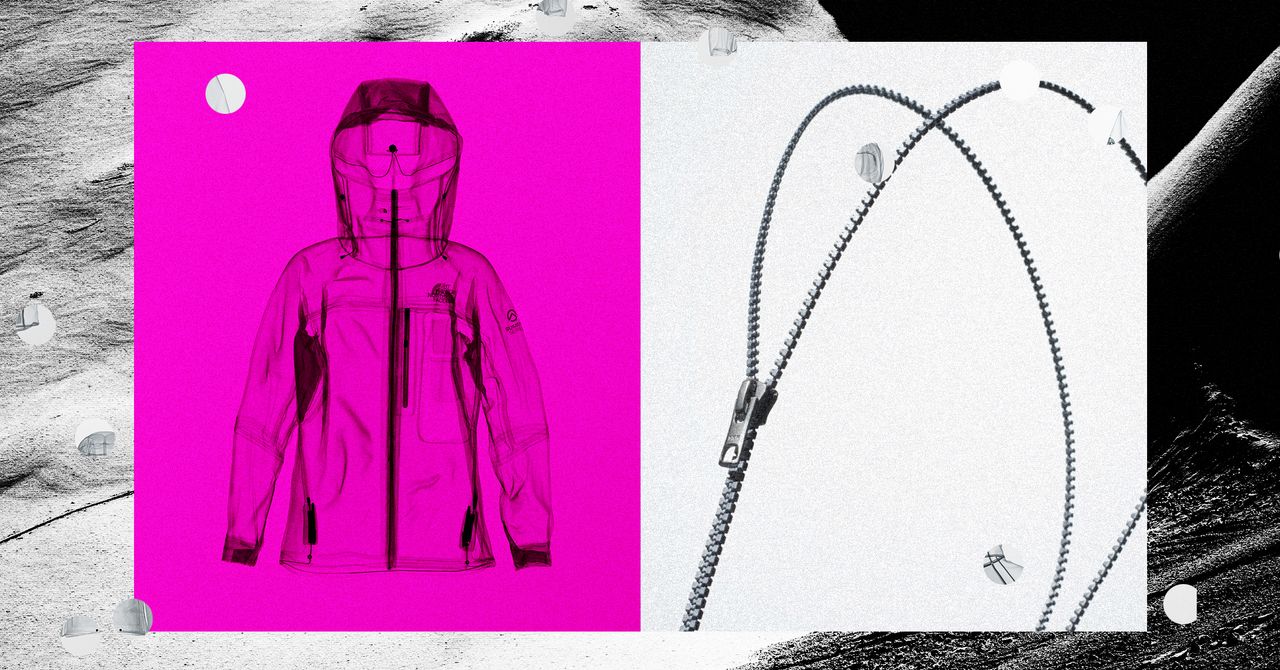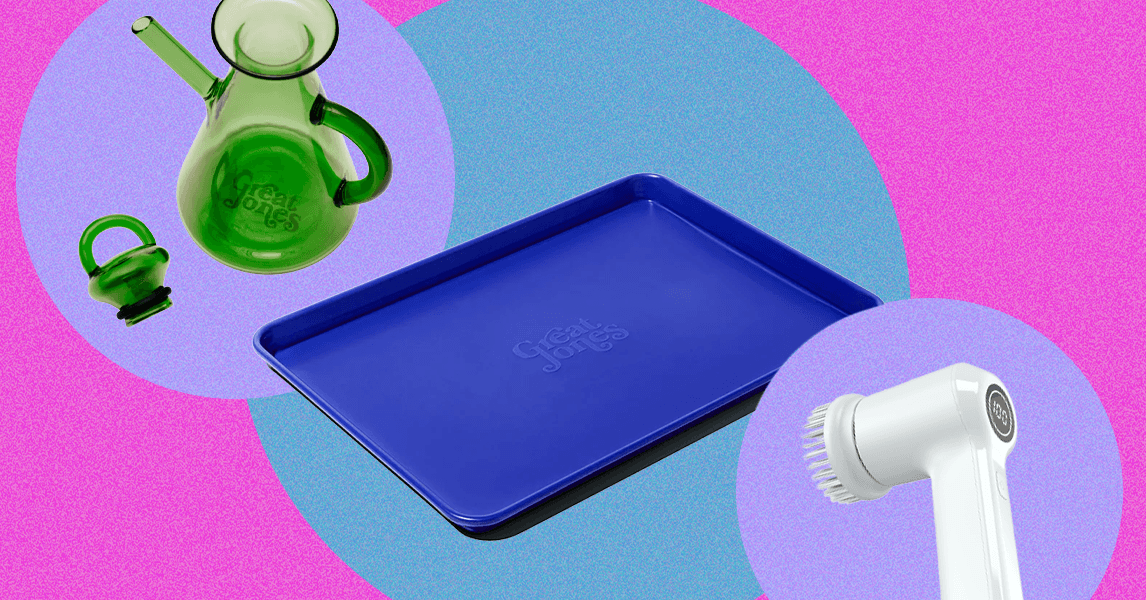But while it’s easy to use, the Meraki offers quite a bit of customization, including a few features highly coveted by bean nerds—which is why it netted all those pre-orders.
Aloingside dosing by weight, the steam wand allows for a bit of control as well, with settings from mild to strong. “Strong” means strong, for big cappuccino froth: heed the warning, and keep your milk levels low in the frothing cup, or you’ll probably have cleanup. But especially, the steam wand offers an automatic shutoff at your desired temp, so you don’t accidentally burn off milk sugars. In practice, it’ll probably stop a few degrees lower than you set it, so plan accordingly.
More espresso machines should do this. All of this. But very few do. Jump into the custom settings, and you can also add a pre-infusion—a lower-pressure water infusion, for more gentle soaking of the grounds. And of course you can adjust the temperature of your water, to account for lighter or darker roasts. It’s all pretty easy to do.
A Fine Grind
So far, so good. So how’s the espresso that results? This depends in no small part on the grinder, of course.
I have put the Meraki’s pentagonal conical burr grinder through the paces, on light and medium and dark roasts. And it does give the Baratza Encore ESP a run for its money, according to taste tests, coffee extraction testing, and particle size analysis I conducted using a device called the DiFluid Omni.
At the finest grinds, the built-in Meraki grinder actually came in a bit more tightly dialed than the ESP, with fewer large particles that might indicate clotting and cause channeling. It also fared well with light-roast grinds that often overtax integrated grinders. And according to particle size analysis, it maintained good consistency. (This said I tend to increase dose on light roasts, rather than grind so finely I feel like I’m playing the choking game with my espresso machine.)
Which is all to say, the Meraki’s built-in grinder handily rivals the built-in grinder Breville Oracle Jet’s in raw specs, putting this machine in rarefied air when it comes to espresso machines with built-in grinders. This is true especially because the grinder is stepless, meaning you don’t have large gaps between grinder settings.
Another potential fun feature is an RFID scanner that allows you to scan a coffee roaster’s bag, and load up the ideal grind settings for each bean. This said, only one U.S. roaster, Dark Horse, is listed on Meraki’s site as of now, and so this feature remains mostly theoretical.
Caveats and Quibbles
This all said, the grinder settings do seem to “float” a bit as the machine operates, perhaps because of vibration or perhaps just while grinding. The Meraki’s grinder may migrate a full setting between one day’s grind and another—meaning if you don’t pay attention, tomorrow’s shot may not be the same as today’s. I also have minor quibbles with the tamper and puck leveler, whose tops have a tendency to unscrew while you’re preparing your portafilter.
More troublingly, the fit on the portafilter is a bit testy. On early and pre-production models, this fit seems to have been a real problem, and Meraki has since updated the design. But my model arrived well after the first models shipped. And still on one out of every 20 or 25 shots, I’ve had water leak up out of the portafilter at the fitting despite seeming securely mounted—an apparent machining flaw that’s troubling on a device that costs in the range of $2,000.
This calls up a basic caveat on direct-to-consumer appliances like the Meraki, which isn’t yet available in the United States through third-party retailers. The device has a 2-year warranty, which is admirable. But relying on a young, overseas company for long-term customer care and repair on an expensive appliance is always an exercise in faith as opposed to companies with a long track record—and Meraki’s refund policy is exacting enough that such cautions seem warranted. Because the Meraki is a first-generation device, its durability remains untested.
Still, I’ve come away impressed with the thoughtfulness Meraki has devoted to the small details. The little wooden perch for your portafilter while tamping. The intuitiveness of the touchscreen controls. The unobtrusiveness of firmware updates via WiFi.
And, of course, there’s also Meraki’s willingness to include “premium” features like a rotary pump and a grinder scale—perhaps setting an example for other companies to do the same. And so with this excellent first-generation machine, Meraki already has my attention.


